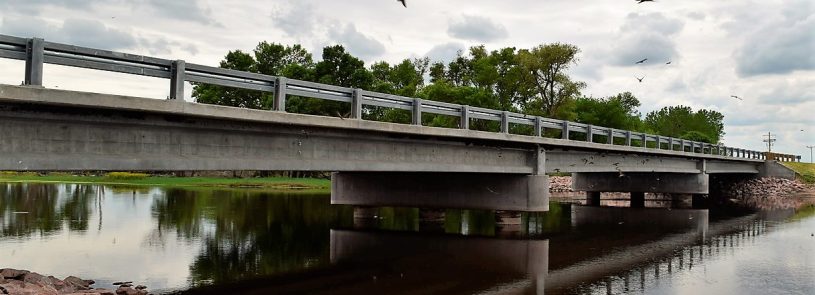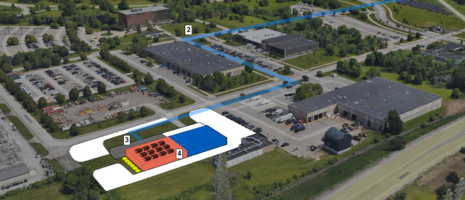Continuity connections are critical for modeling multi-span bridges

By Yanling Leng
Multi-span bridges composed of simple-span precast girders with continuous deck and diaphragms at interior supports have been a popular solution since the 1960s. State DOTs have employed various details and design methodologies. Understanding the details and designs of the continuity connections is critical for successfully modeling this type of bridge.
Based on the 2013 AASHTO WSDOT Questionnaire, “Prestressed Girder Design Criteria,” as well as the results of a survey I previously conducted, the details and designs of continuity connections can be grouped into two categories:
Category #1: Design a series of simple spans for all loads. The slab (with or without diaphragms at interior supports) is continuous over the interior supports but ignored in girder design.
Category #2: Design as simple for the non-composite dead load (girder and slab weight), continuous for the composite dead load (railings and FWS), and live load.
I explain the process of understanding the details and designs of continuity connections in my latest blog post for Midas. I also show both simple spans for all loads and even non-composite dead loads and how they can both be considered in midas Civil.
Read my blog and get all the details on the Midas website.












